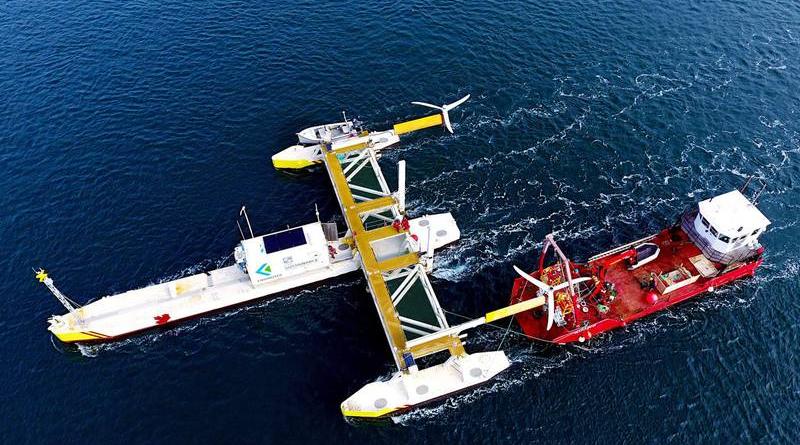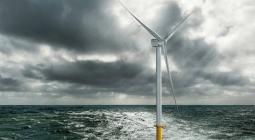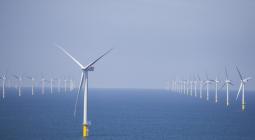Sustainable Marine Energy’s plant begins generating electricity

On Feb. 23, two big spinning turbines in Grand Passage, Digby County, started producing electricity from the tide driven current.
For the owner, Sustainable Marine Energy, it was a big day.
For this province’s fledgling tidal energy industry, it was good news in the midst of much bad.
“We’re hopeful we can prove that just because one company may not have got it right, doesn’t mean it’s a bad idea overall,” said Jason Hayman, managing director of Sustainable Marine Energy.
The promise of green energy harnessed from the Bay of Fundy has lured millions of dollars of provincial and federal funding to the Fundy Ocean Research Centre for Energy, and the creation of a significantly subsidized rate for tidal power that will ultimately will be paid by electricity consumers.
But the return from tidal power has been slow coming, as varied companies vie to figure out how to harness the tides in a reliable way that doesn’t pose a significant hazard to the marine life that shares the water column.
Sustainable Marine Energy’s first power comes as local marine contractors, owed more than $7 million by OpenHydro Technologies Canada, compete over what assets the insolvent company has left — mainly a 1,300 tonne turbine on the floor of the Minas Passage that no one has a plan to remove and a purpose-built barge in Saint John, N.B.
Sustainable Marine Energy, owned primarily by German propulsion company Schottel, and Scottish economic development agency Scottish Enterprise, is taking a different approach.
Rather than a massive, hard-to-get-at two-megawatt turbine on the seafloor, Sustainable Marine has four much-smaller turbines attached to a floating platform that will eventually produce a combined 280 kilowatts.
Only two of the turbines are currently generating power, but Sustainable Marine Energy plans to turn on the other two.
The location is also part of its stepped approach — Grand Passage has a current that runs at about 11 kilometres to 13 kilometres — as opposed to currents that were up to 18.5 kilometres at the site in the Minas Passage.
The water in Grand Passage is also significantly clearer than in Minas Passage, making it easier to monitor with cameras and hydrophones whether the turbine is killing marine life.
The mooring system and technology used in the turbines itself is off the shelf.
“We see it very much as you’ve got to walk one foot in front of the other, build up your capability and improve reliability,” said Hayman.
“And do it in a technically and environmentally responsible manner.”
Sustainable Marine Energy has applied to the Department of Energy and Mines to connect the existing platform to the grid later this year, and are seeking to add another similar platform to Grand Passage.
Once the turbines feed into the grid, the company can show revenue.
The next step from there is to go to the site in the Minas Passage next year, with larger versions of the existing system.
Fundamentally, Sustainable Marine Energy is proposing to install a turbine array that can eventually produce five megawatts of electricity and prove the technology for expansion into other Canadian and International markets.
4 March 2019




